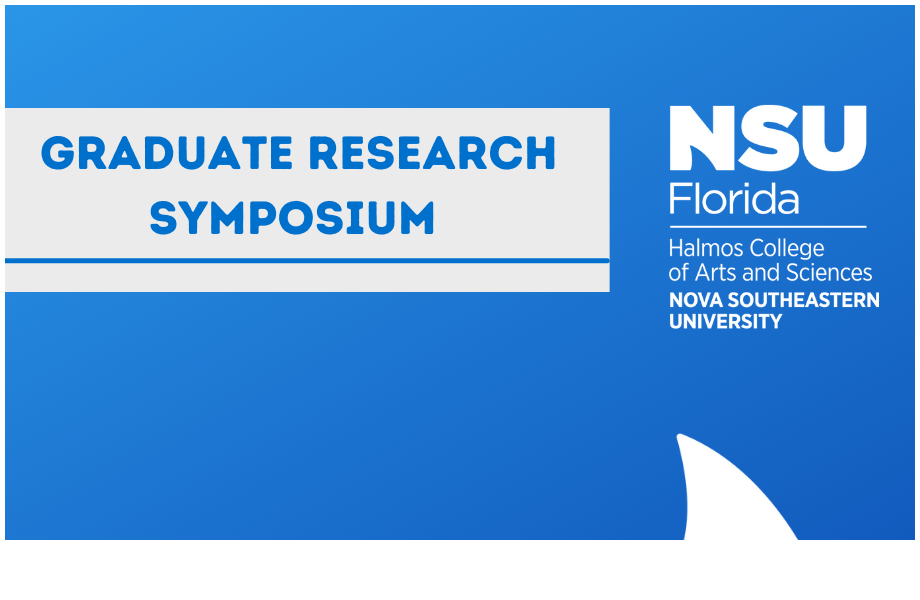Title
Microbial Ecology of South Florida Waters
Location
Guy Harvey Oceanographic Center Facility
Start
1-30-2018 2:15 PM
End
1-30-2018 2:30 PM
Type of Presentation
Oral Presentation
Abstract
Abstract: Microbial communities (“microbiomes”) are found to have an ever-increasing impact on ecosystem and human health. This study considers the microbiome of the South Florida canal system built by the Army Corp of Engineers. These canals run as outflow channels from the Everglades and Lake Okeechobee, through agricultural and urban areas and finally out the Intracoastal waterway to the costal marine environment. Using Grassy Waters Conservancy in Palm Beach as a natural pristine control environment due to its isolation from the outflow of the artificial canals, my study considers the anthropomorphic effects human and agricultural runoff are having on microbial community composition. Using high throughput 16s rRNA amplicon library sequencing, communities in agriculture, urban, and control areas were sequenced and paired with chemical data taken by the Broward, West Palm Beach, and USGS agencies. This data was processed in Quiime, Mothur, and R for diversity and community dynamics. A total of 170 samples were taken from 13 sites over a one year period. To date 143 sites have been sequenced with illumina MiSeq technology, yielding over 115,000 unique Operational taxonomic units (OTUs) with a median of 3828 OTUs per sample. Over 20 different environmental factors such a pH, temperature, and total nitrogen were added to the sequencing data to determine significant factors. Significant differences were found between the Agricultural, Urban, and Control sites. This study is now analyzing how much these communities differ over time and from one another, as well as source tracker analysis to look at the effect of chemical inputs into the South Florida canal system from agriculture and urban runoff that may impact threatened marine habitats (reefs and mangrove).
Microbial Ecology of South Florida Waters
Guy Harvey Oceanographic Center Facility
Abstract: Microbial communities (“microbiomes”) are found to have an ever-increasing impact on ecosystem and human health. This study considers the microbiome of the South Florida canal system built by the Army Corp of Engineers. These canals run as outflow channels from the Everglades and Lake Okeechobee, through agricultural and urban areas and finally out the Intracoastal waterway to the costal marine environment. Using Grassy Waters Conservancy in Palm Beach as a natural pristine control environment due to its isolation from the outflow of the artificial canals, my study considers the anthropomorphic effects human and agricultural runoff are having on microbial community composition. Using high throughput 16s rRNA amplicon library sequencing, communities in agriculture, urban, and control areas were sequenced and paired with chemical data taken by the Broward, West Palm Beach, and USGS agencies. This data was processed in Quiime, Mothur, and R for diversity and community dynamics. A total of 170 samples were taken from 13 sites over a one year period. To date 143 sites have been sequenced with illumina MiSeq technology, yielding over 115,000 unique Operational taxonomic units (OTUs) with a median of 3828 OTUs per sample. Over 20 different environmental factors such a pH, temperature, and total nitrogen were added to the sequencing data to determine significant factors. Significant differences were found between the Agricultural, Urban, and Control sites. This study is now analyzing how much these communities differ over time and from one another, as well as source tracker analysis to look at the effect of chemical inputs into the South Florida canal system from agriculture and urban runoff that may impact threatened marine habitats (reefs and mangrove).


